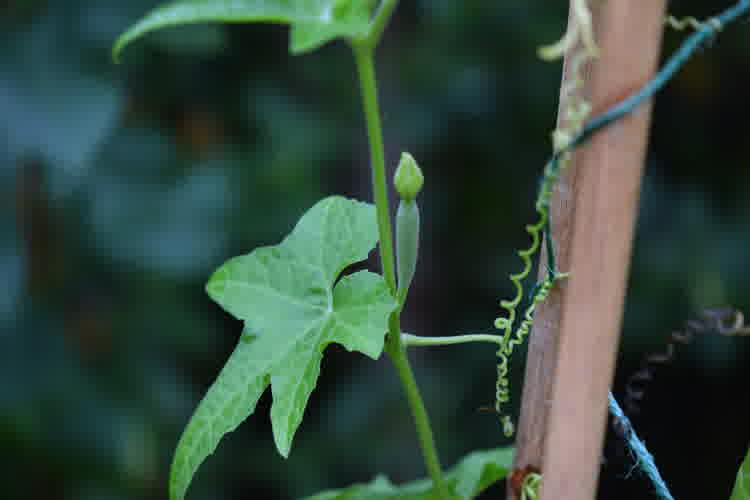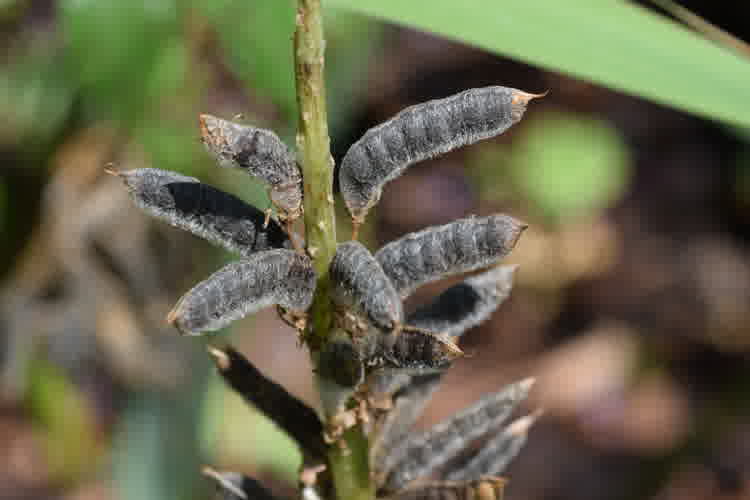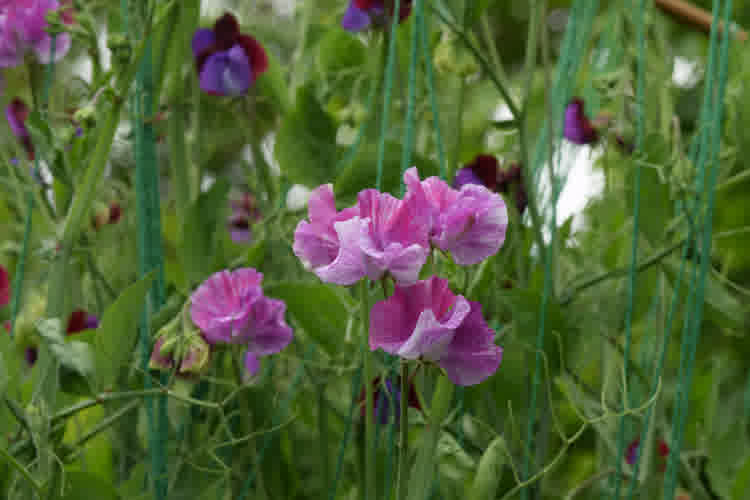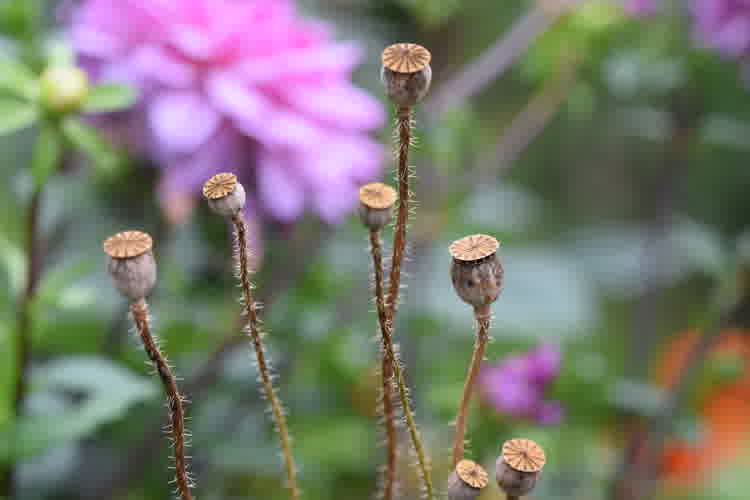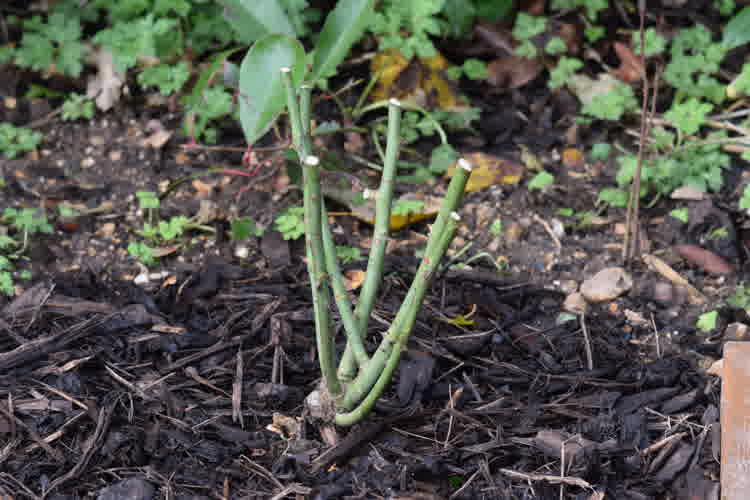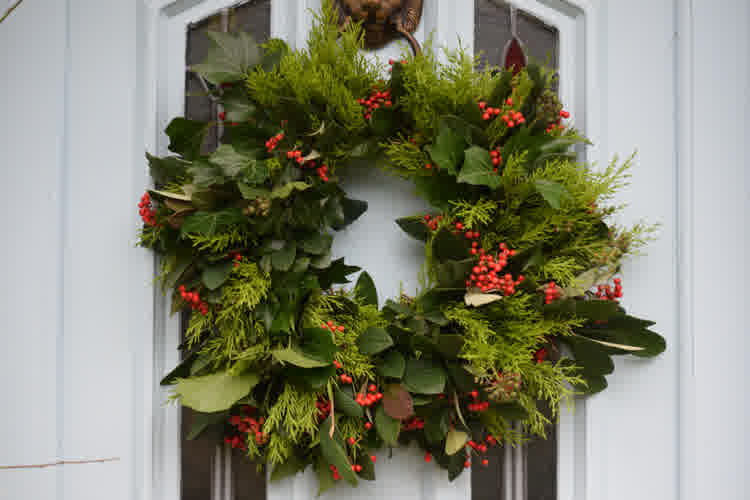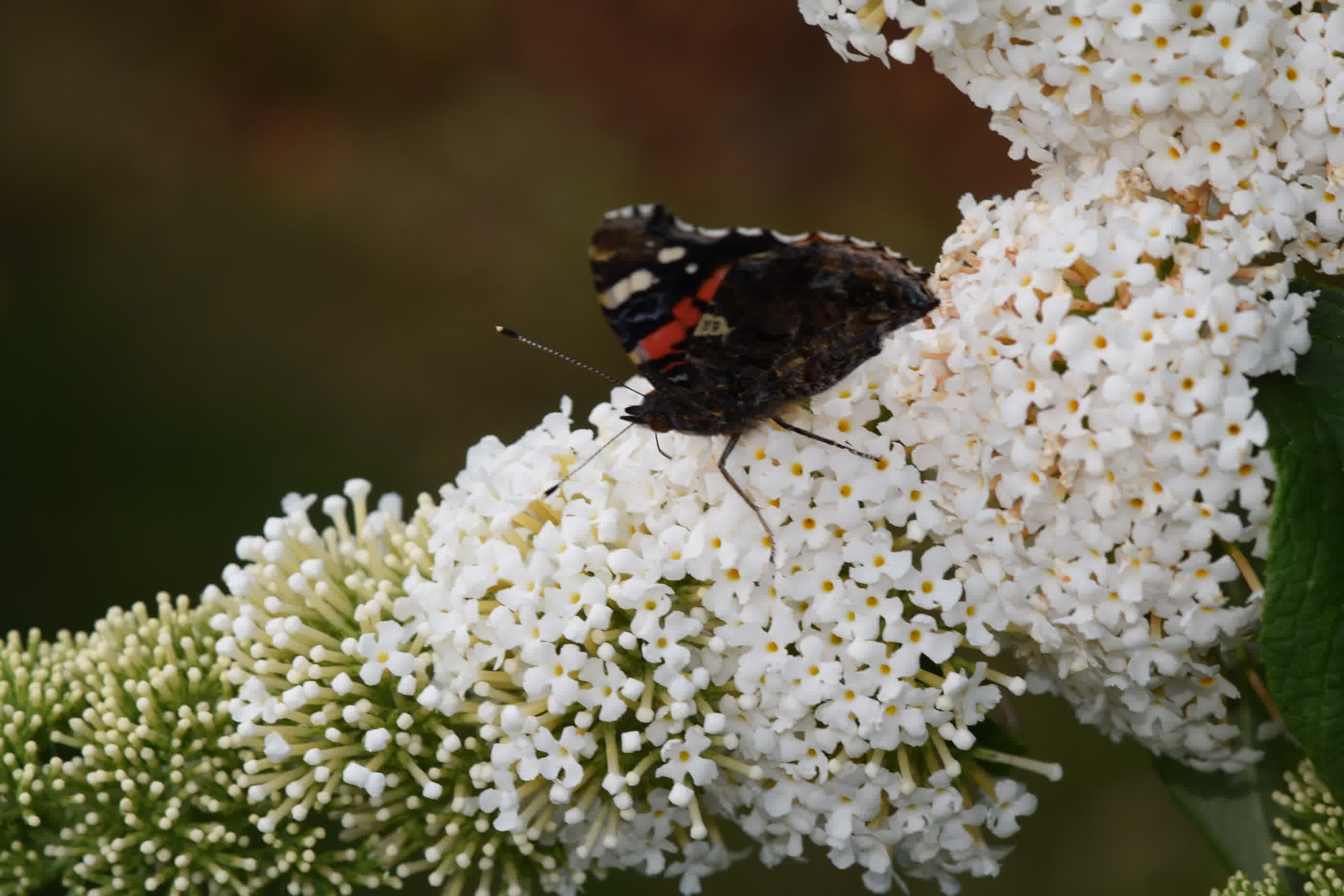
Buddleja
Table of Contents
Varieties
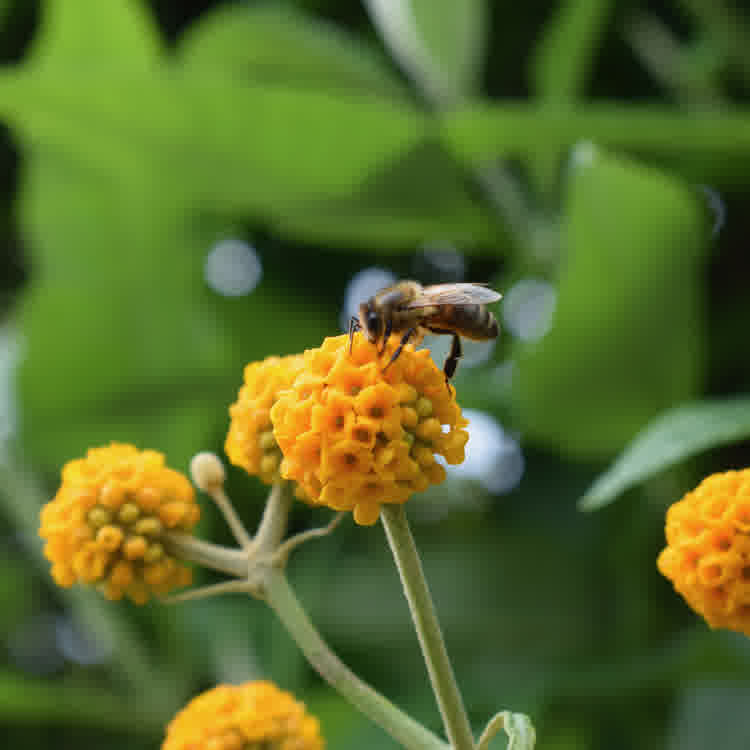
Buddleja's (sometimes spelt buddleias) are known as the butterfly bush.
Their nectar-rich flowers are a favourite among butterflies, but they'll attract other pollinators too.
There are multiple varieties of buddleja's, varying in colour, flower shape and height.
Buddleja davidii is the most commonly grown. They have clusters of tiny trumpet-shaped flowers, which form a long cone shape, usually 15-30cm. They come in shades of purple and white (White Profusion).
Another favourite among growers is the Buddleja globosa, rightly known as the 'orange ball tree'. This variety has small, ball-like orange flowers.
Most Buddlejas are large shrubs, reaching more than 3m in height. However, there are smaller varieties, such as the 'blue chip buddleja', which, when fully grown, is below 1 meter.
Most buddleja's are hardy perennial shrubs.
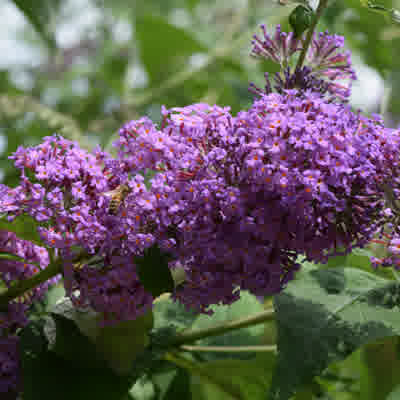

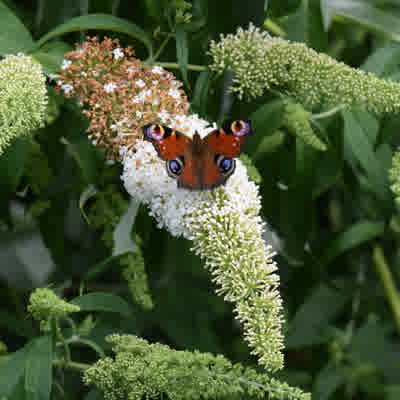
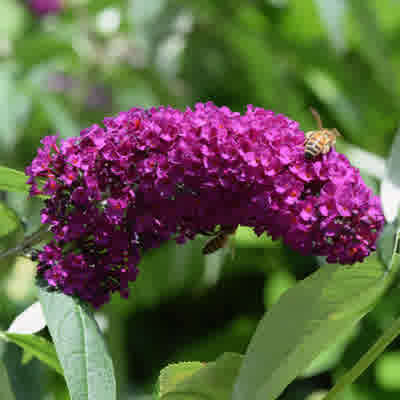
Planting
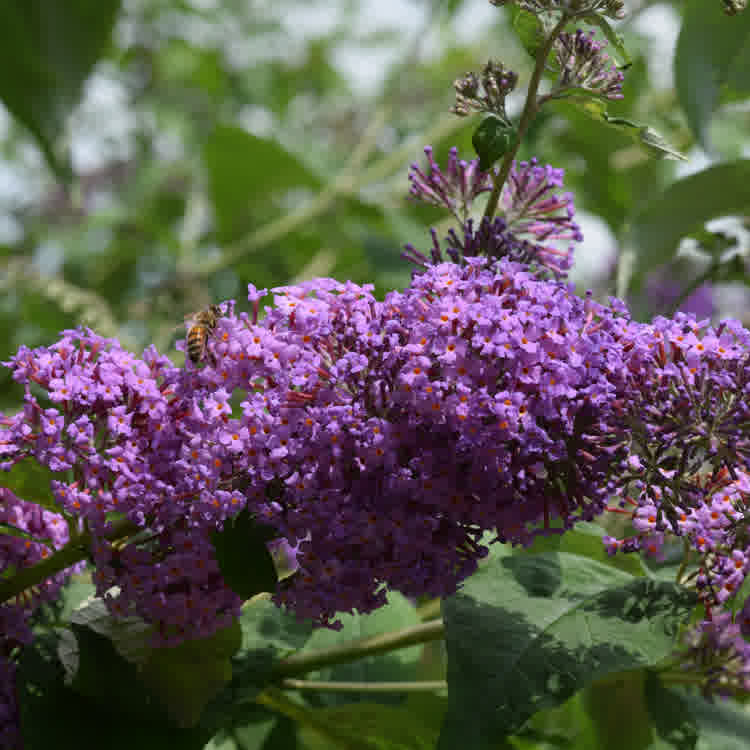
Buddlejas aren't the most demanding plants. They're often seen growing as weeds along roads and train tracks.
To get the best from your Buddleja, plant them in full sun and well-draining soil. They will also grow in partial shade.
Larger growing varieties, such as Buddleja davidii, can be a great colourful addition to hedgerows or along borders.
Smaller varieties are great as features around the garden or grown in containers.
Planting Buddlejas is rather easy.
Dig a hole at the depth and twice the width of the buddlejas container.
There is no need to add fertiliser.
If you have heavy soil, like clay, it would be advisable to add horticultural gravel to promote drainage.
Place the buddleja in and backfill the hole.
Water the buddleja well, ensuring the water drains.
Ongoing care
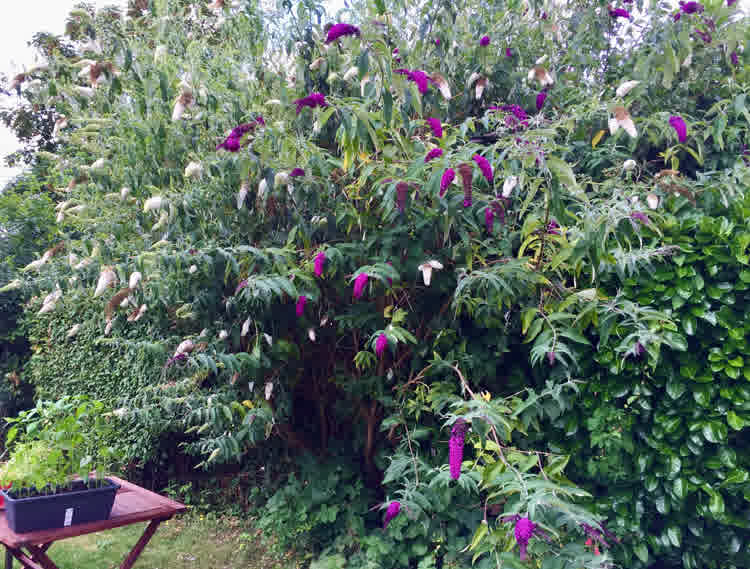
Buddlejas are easy to maintain and can be mostly left alone until it's time to prune them.
Smaller buddlejas, planted in this or the prior growing season, should receive more frequent watering. Keep the soil moist, but ensure it does not become waterlogged.
Buddlejas are drought tolerant, and more established plants should not require regular watering unless there are unusually long periods of no rain.
Most buddlejas will benefit from deadheading flowers. This will encourage them to produce more.
Buddlejas typically flower from mid-summer through to autumn.
Not all buddlejas should be pruned the same way.
Buddleja davidii that are well-established can be aggressively pruned. Prune in early spring, cutting the stems to around 30-60cm from the ground.
Some varieties of buddleja, such as Buddleja Alternifolia, and Buddleja Globosa should not be aggressively pruned in spring, as they flower on the previous season's growth. Prune these varieties after they have finished flowering in mid-summer. Cut back any stems which have flowered by around a third, and remove any overly long stems. Pruning them at this time allows them to produce new growth which will produce flowers the following season.
Pest and diseases
Fortunately for us, and the butterflies, buddlejas are relatively tough plants, and are usually problem free.
However, regularly inspect your buddlejas for signs of pests, such as spider mites and aphids.
If buddlejas are left in waterlogged soil they may begin to struggle and become susceptible to root rot.
